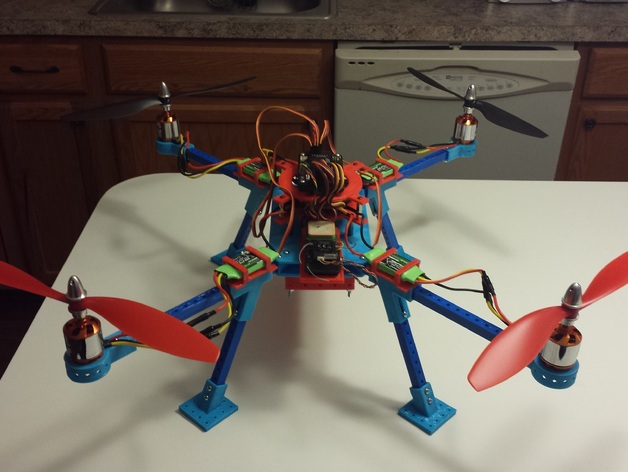The idea of open source technology struck me as an interesting one in terms of infrastructure. As of now, city infrastructure is typically designed and implemented by city councilmen or policymakers. However, how can the digital age we have entered affect all of this? Not only have we been introduced to types of intangible forms of infrastructure through the internet and smartphone applications, but we have also entered a time where more people than just a few policymakers can influence and affect the ways that infrastructural changes are made in cities. Infrastructure has typically consisted of the kinds of things in city that provide the “structure” of the city, i.e. roads, sidewalks, transportation. With the kind of power that the internet provides for us, these traditional definitions of infrastructure can be expanded. For example, the Inteligencias Colectivas project described by Jiménez in the article “The right to infrastructure: a prototype for open source urbanism” allows users to participate in a backwards design process, giving users the final project, and having users come up with the process and specs for the objects.{1} This project is one way to have people participate in creating things that could be counted as infrastructure, as it lets people all work on a similar end project but vary their methods and processes. Inteligencias Colectivas reminded me of a website that I have been on before, Thingiverse.com. Thingiverse.com is a website dedicated to 3D printing plans and allows people to share plans and ideas about 3D printing with each other to make 3D printing more accessible.{2} Projects like these are beneficial in that they allow more people to affect how things are designed or executed. More people putting their input on projects could lead to better-designed projects.

While I thought that the ideas presented by Simone in “People as Infrastructure” were fascinating, I do not think they are highly applicable to Portland as a city. Young discussed the idea of “people as infrastructure” in the context of marginalized people creating their own sort of infrastructure with others similar to them.{4} In Johannesburg, residents in poorer neighborhoods and slums were able to create their own economies, housing, etc. in order to survive while more wealthy neighborhoods were created with typical infrastructure of cities.{5} I do not see this being applicable to Portland, however, as Portland as a whole does not have that same dichotomy between rich and poor. There are rich and poor regions of Portland, but the nature of the economy in Portland and in the United States does not allow for the same kind of economy creation. Poorer residents of Portland could be incorporated into the general Portland economy, but because of city organization cannot necessarily create their own.
While Maine does happen to be the whitest state in America, Portland has a very diverse population. Portland should use this as a strength and have a goal of creating infrastructural change that would benefit all kinds of people. In “Introduction: Traffic in Democracy,” Sorkin states that “modern city planning is structured around an armature of such conflict avoidance.”{6} Portland is structured in a similar way; for example, the way in which Portland is avoiding conflicts by creating walkways and roads for different kinds of things (i.e. people and cars/bicycles). If Portland were to go against this idea of conflict avoidance with certain kinds of infrastructure, different kinds of people could and would be forced to meet each other, integrating the population of Portland to a higher degree. Going off of a more expansive definition of infrastructure, this could even be through things like tech meetups or surveys to not only get the input of more residents on what Portland needs, but also have people influence how policymakers actually create infrastructural change in the city. Portland also needs a better transportation system to allow residents of Portland and nearby cities to access all parts of the city regardless of weather.
{1} Jiménez, Alberto Corsín. “The right to infrastructure: a prototype for open source urbanism.” Environment and Planning D: Society and Space 32 (2014): 342-362.
{2} “Thingiverse.” Thingiverse. http://www.thingiverse.com/ (accessed October 6, 2014).
{3} “Stick Drone.” Thingiverse. http://www.thingiverse.com/thing:267008 (accessed October 7, 2014).
{4} Simone, AbdouMaliq. “People as Infrastructure.” In The People, Place, and Space Reader, edited by Jen Jack Gieseking, et al, New York: Routledge, 2014. 241-246.
{5} ibid.
{6} Sorkin, Michael. “Introduction: Traffic in Democracy.” In The People, Place and Space Reader, edited by Jen Jack Gieseking, et al, New York: Routledge, 2014. 411-415.
